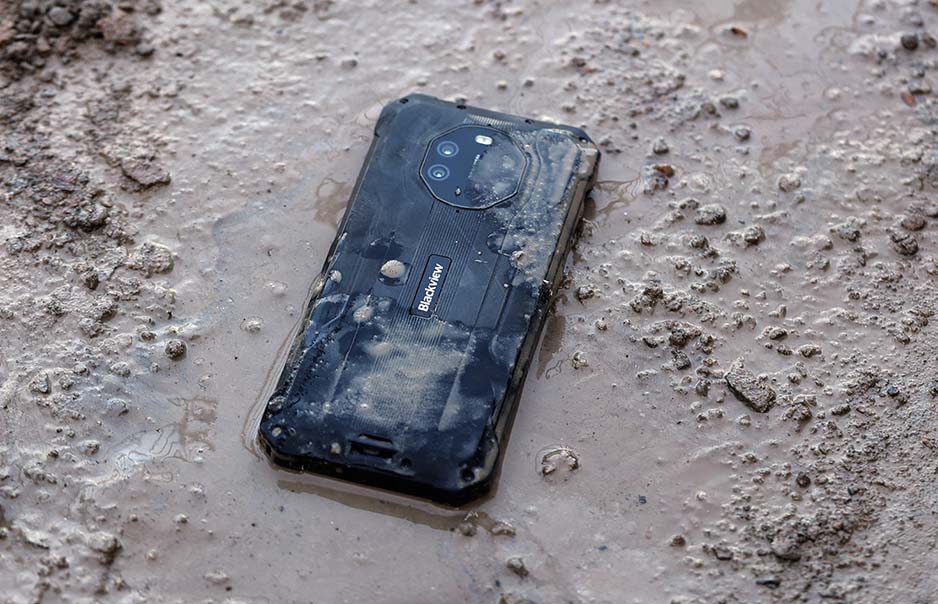Can thermal imaging see through smoke?

Yes, thermal imaging can see through smoke to a certain extent. Smoke is made up of tiny particles that scatter infrared radiation. This makes it possible to see objects that are obscured by smoke. However, the thicker the smoke, the less effective thermal imaging will be.
Thermal imaging cameras use infrared radiation to create images. Infrared radiation is a type of invisible light that is emitted by all objects that have a temperature above absolute zero. The hotter an object is, the more infrared radiation it emits.
When a thermal camera detects infrared radiation, it converts it into an electrical signal. This electrical signal is then used to create an image. The image shows the different temperatures of the objects in the scene.
In the case of smoke, the tiny particles scatter the infrared radiation. This makes it possible to see objects that are obscured by smoke. However, the thicker the smoke, the less effective thermal imaging will be. This is because the smoke particles will scatter more infrared radiation, making it more difficult for the thermal imaging camera to detect the heat signatures of objects behind the smoke.
Despite this limitation, thermal imaging can still be a valuable tool for firefighters and other first responders. It can be used to see through smoke to locate people who are trapped in burning buildings or other structures. It can also be used to identify hot spots in a fire, which can help firefighters to direct their efforts and prevent the fire from spreading.
Here are some additional things to keep in mind about thermal imaging and smoke:
- The effectiveness of thermal imaging in seeing through smoke depends on the type of smoke. Some types of smoke, such as wildfire smoke, are made up of larger particles that scatter infrared radiation more effectively. This makes it more difficult for thermal imaging cameras to see through this type of smoke.
- The distance between the thermal imaging camera and the smoke also affects its effectiveness. The closer the camera is to the smoke, the more effective it will be at seeing through it.
- The weather conditions can also affect the effectiveness of thermal imaging in seeing through smoke. Smoke is more likely to scatter infrared radiation in humid and windy conditions. This makes it more difficult for thermal imaging cameras to see through smoke in these conditions.
Thanks for visiting Blackview blog.
Read also,
- Can a thermal camera see through walls
- Can thermal imaging see through clothes
- The phone with thermal imaging camera
- Can thermal imaging detect drugs?
- Can a police use thermal camera without warrant?
- How Does Thermal Imaging Work On The Human Body
- Can thermal see through glass
- Thermal imaging vs infrared, what are the differences
- Thermal imaging used in agriculture
- Can a thermal camera detect moisture
- Can a thermal camera find water leaks
- Can a thermal camera detect hidden cameras







